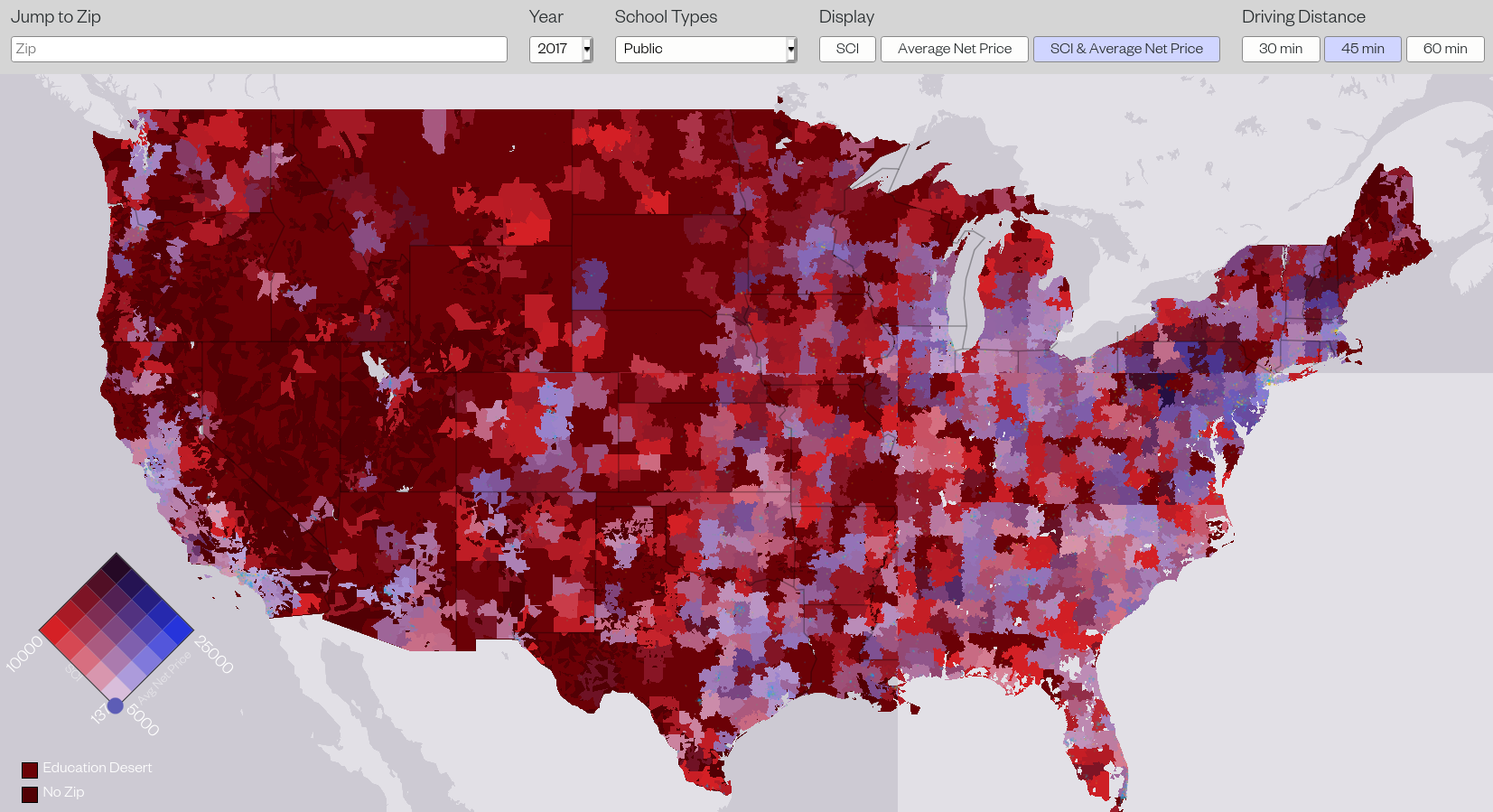Millennial Student Debt
Declining Access, Rising Cost: The Geography of Higher Education Post-2008

During and after the Great Recession, public funding for higher education was slashed as state budgets imposed austerity measures. Staff and programs were cut and tuition rose; in many states, even by 2018, funding had not returned to pre-recession levels. Meanwhile, enrollment soared. As students locked out of a slack labor market were told they lacked the skills necessary for today’s jobs, the solution to unemployment and wage stagnation was to be found in the pursuit of more degrees at higher prices. The result was the acceleration of what is now a four or five-decade trend in US higher education: the replacement of a public good model with a private consumer model, dependent on tuition financed with federal debt, all justified on the back of supposed earnings increases that fail to materialize.
View the full post on the Phenomenal World here.
View the interactive map here.
View our news writeup with key takeaways here.